Candida is a genus of dimorphic, opportunistic fungi Fungi A kingdom of eukaryotic, heterotrophic organisms that live parasitically as saprobes, including mushrooms; yeasts; smuts, molds, etc. They reproduce either sexually or asexually, and have life cycles that range from simple to complex. Filamentous fungi, commonly known as molds, refer to those that grow as multicellular colonies. Mycology. Candida albicans is part of the normal human flora and is the most common cause of candidiasis. Risk factors for infection include conditions or agents that may lead to an immunocompromised immunocompromised A human or animal whose immunologic mechanism is deficient because of an immunodeficiency disorder or other disease or as the result of the administration of immunosuppressive drugs or radiation. Gastroenteritis state, disruption of the normal flora, and/or disturbance of the mucosal barrier. The clinical presentation varies and can include localized mucocutaneous infections Infections Invasion of the host organism by microorganisms or their toxins or by parasites that can cause pathological conditions or diseases. Chronic Granulomatous Disease (e.g., oropharyngeal, esophageal, intertriginous, and vulvovaginal candidiasis) and invasive disease (e.g., candidemia, intraabdominal abscess Abscess Accumulation of purulent material in tissues, organs, or circumscribed spaces, usually associated with signs of infection. Chronic Granulomatous Disease, pericarditis Pericarditis Pericarditis is an inflammation of the pericardium, often with fluid accumulation. It can be caused by infection (often viral), myocardial infarction, drugs, malignancies, metabolic disorders, autoimmune disorders, or trauma. Acute, subacute, and chronic forms exist. Pericarditis, and meningitis Meningitis Meningitis is inflammation of the meninges, the protective membranes of the brain, and spinal cord. The causes of meningitis are varied, with the most common being bacterial or viral infection. The classic presentation of meningitis is a triad of fever, altered mental status, and nuchal rigidity. Meningitis). The diagnosis is made by identifying Candida on KOH preparation KOH preparation Primary Skin Lesions, cultures, or tissue biopsy Biopsy Removal and pathologic examination of specimens from the living body. Ewing Sarcoma. Treatment depends on the extent and site of infection, and includes topical or systemic antifungal Antifungal Azoles medications
Last updated: Jan 2, 2024
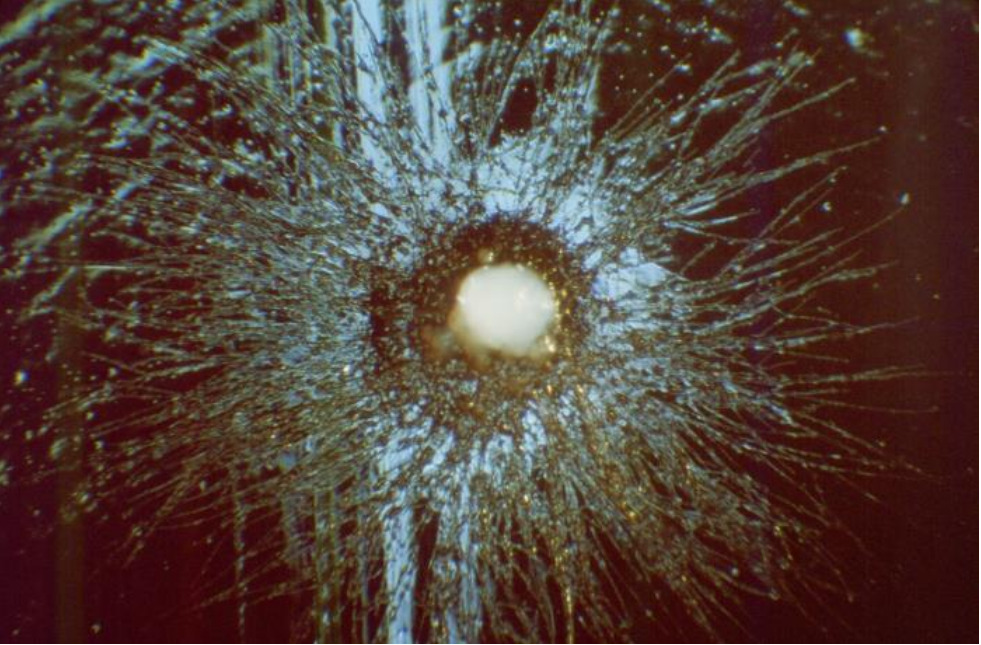
Candida albicans colony on beef extract blood agar
Image: “Magnification of Candida albicans” by Center for Disease Control and Prevention / Dr. Hardin. License: Public Domain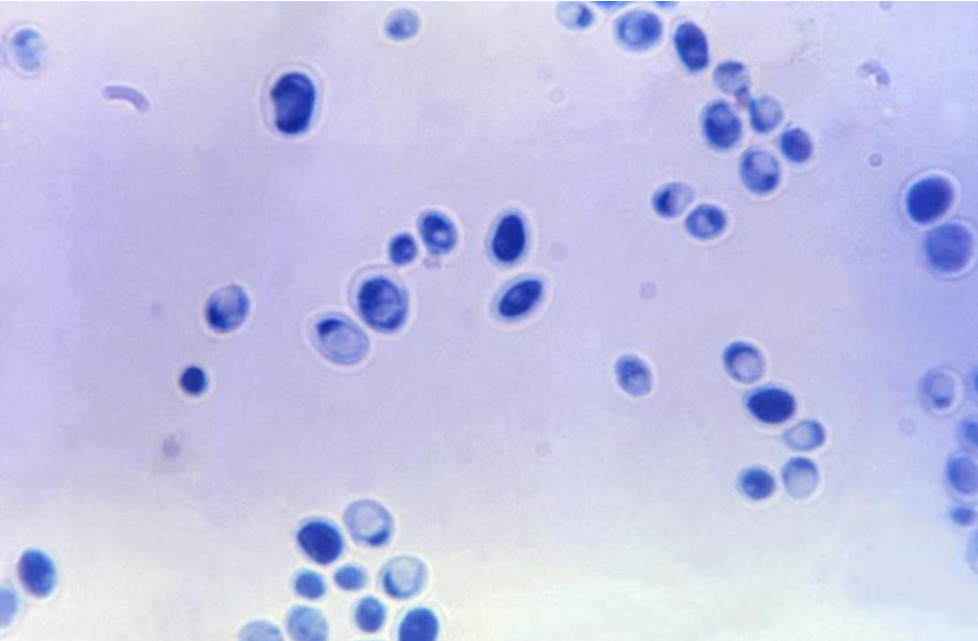
Photomicrograph of Candida albicans in the yeast state
Image: “Magnification of 1200X of Candida Albicans” by Center for Disease Control and Prevention / Dr. Lucille K. Georg. License: Public Domain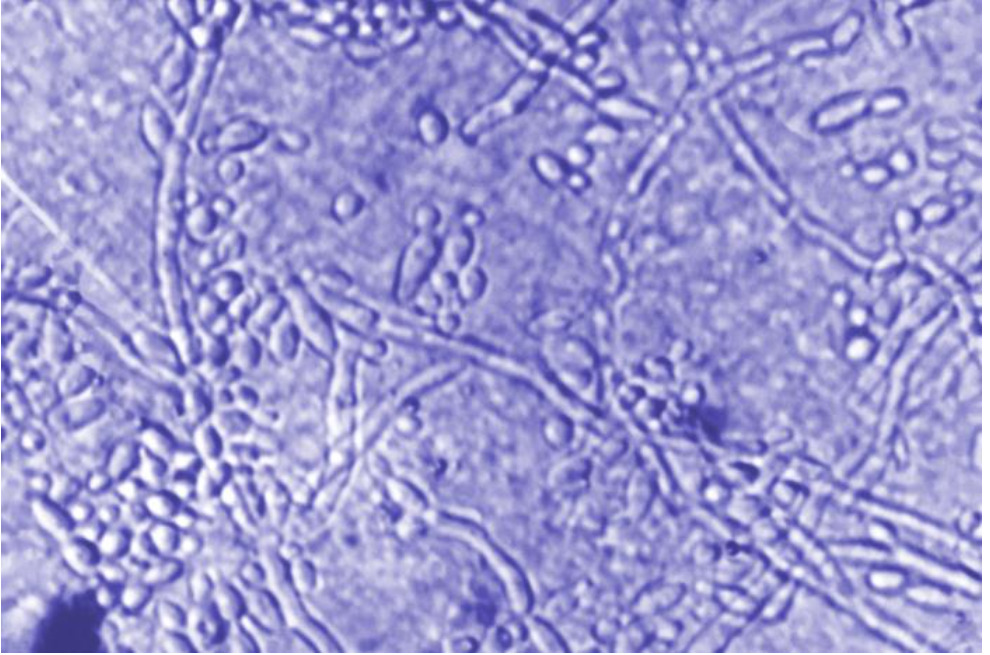
Photomicrograph of Candida albicans demonstrating budding yeast cells and hyphae
Image: “Photomicrograph of a skin scraping tissue sample” by Center for Disease Control and Prevention / Dr. Lucille K. Georg. License: Public DomainThe most clinically relevant Candida species include:
Candida albicans is part of the normal human flora, particularly:
Candidiasis is the most common opportunistic fungal infection.
General risk factors for candidiasis:
Additional risk factors for invasive disease:
This infection, commonly known as “thrush,” may present with:
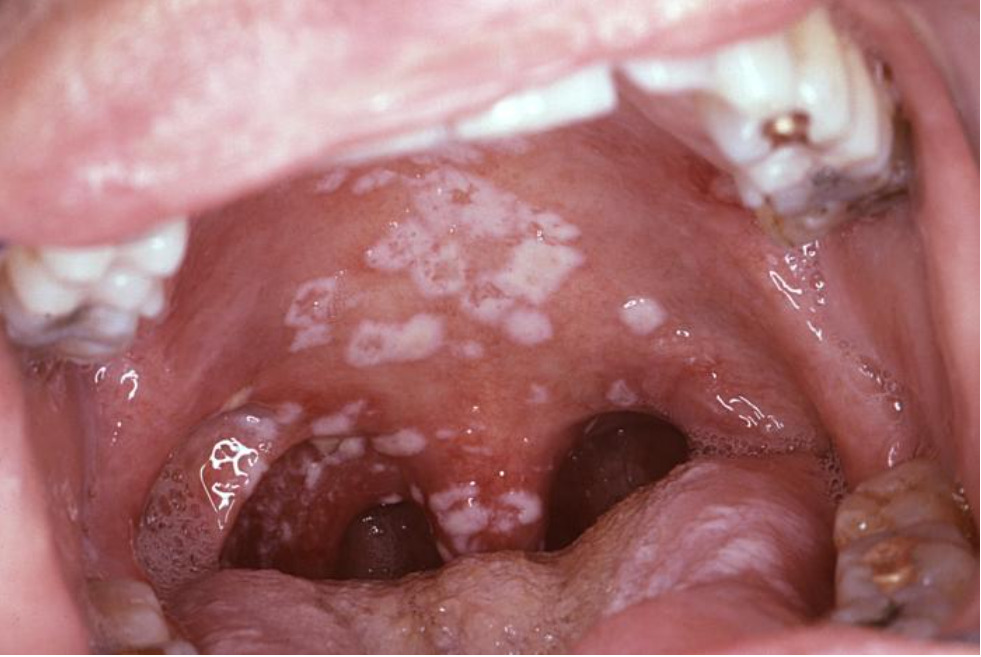
Intraoral view of an individual with AIDS with secondary oropharyngeal candidiasis infection
Image: “Secondary oral pseudomembraneous candidiasis infection” by Center for Disease Control ans Prevention / Sol Silverman Jr. DDS. License: Public Domain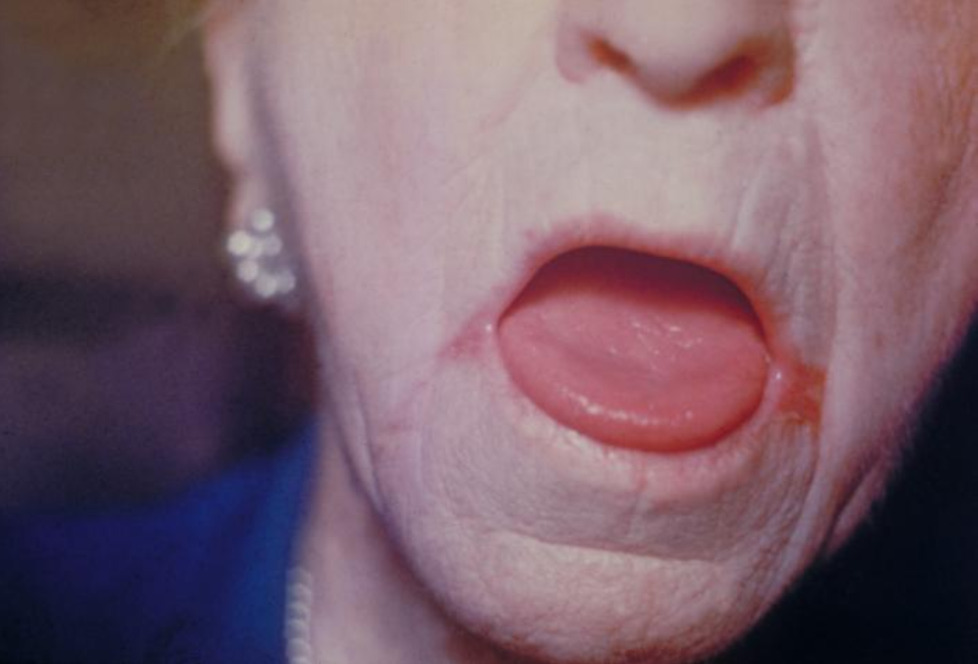
Erythematous lesions at the corners of mouth due to oral candidiasis
Image: “Erythematous lesions located at the corners of the mouth” by Center for Disease Control and Prevention. License: Public DomainEsophageal candidiasis is an AIDS-defining illness that occurs in individuals with a CD4 count < 100 cells/µL.
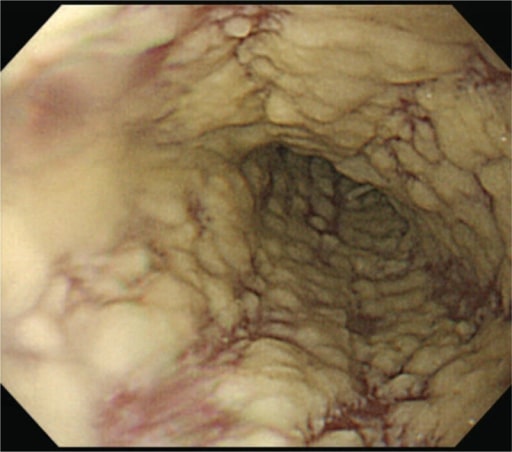
EGD illustrates diffuse white lesions in the esophagus characteristic of Candida esophagitis.
Image: “Epigastric Distress Caused by Esophageal Candidiasis” by Chen KH, Weng MT, Chou YH, Lu YF, Hsieh CH. License: CC BY 4.0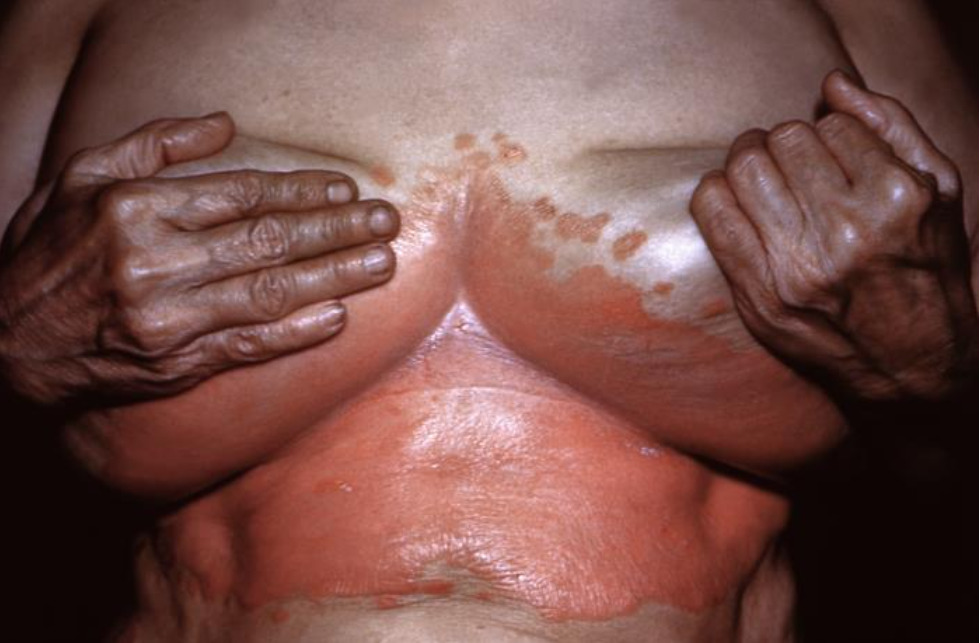
A well-demarcated, erythematous rash under the breasts due to candidiasis
Image: “Caption of candidiasis caused by Candida Albicans” by Center for Disease Control and Prevention / Dr. Martin. License: Public Domain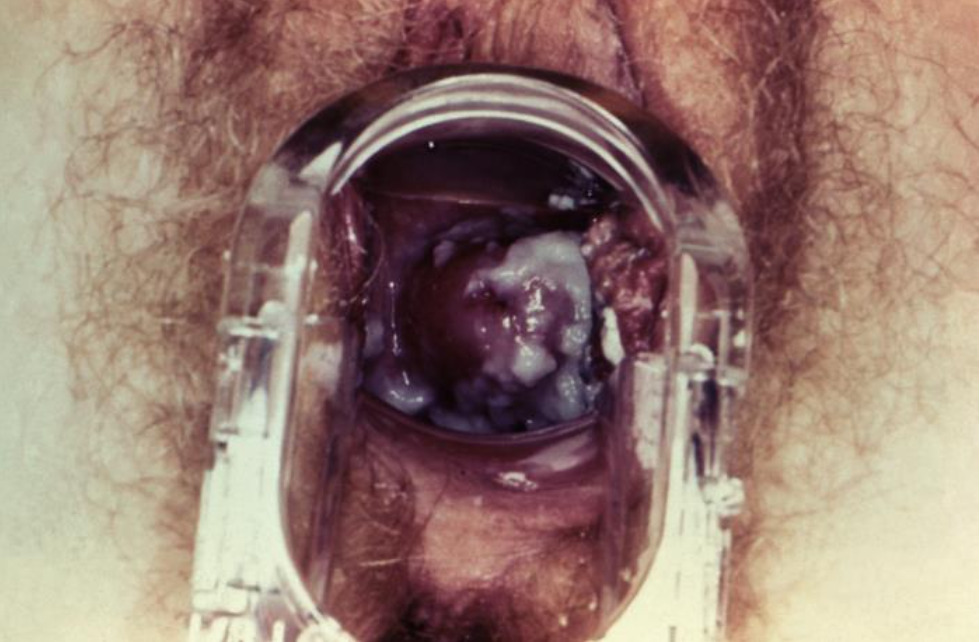
Speculum examination of a woman presenting with vaginal candidiasis:
Note the thick, white discharge surrounding the cervix and the cervical os.
Invasive Candida infections Infections Invasion of the host organism by microorganisms or their toxins or by parasites that can cause pathological conditions or diseases. Chronic Granulomatous Disease can have a variety of presentations, including (but not limited to):
Identification Identification Defense Mechanisms of Candida organisms can be made with:
Localized mucocutaneous infections Infections Invasion of the host organism by microorganisms or their toxins or by parasites that can cause pathological conditions or diseases. Chronic Granulomatous Disease:
Invasive infection: